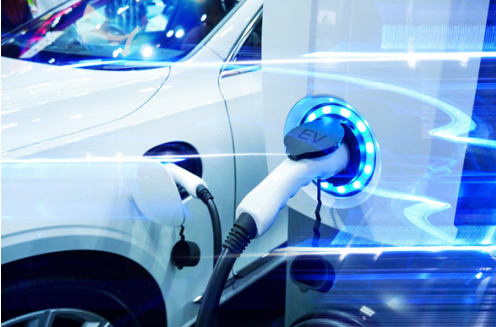Currently, less than two per cent of the vehicles on UK roads are electric. However, this number will rise significantly as the UK plans to completely ban new vehicles that run on fossil fuels by 2040. So what does this mean for the general population?
It means that electric vehicles are the future and will likely be the norm in 50 years time. But for now, you may not understand how an electric vehicle works, whether it has gears and how the batteries in them work. In this article, we’ve tried to answer all of your queries around electric cars and how to drive one.
Are all electric cars automatic?
Most electric cars are automatic, and likely will be in the future. This is because an electric car doesn’t require a clutch due to its inability to stall like a petrol or diesel vehicle. Therefore, adding a clutch and various gears might not make much sense. However, some companies have been trying to produce electric vehicles that do still have a five- or six-speed gearbox, to maintain some form of normality for UK drivers who are used to manual vehicles.
When you drive a manual vehicle and you come to a complete stop, you must use both the clutch pedal and the brakes to prevent stalling the engine. However, as stated above, electric engines cannot stall in the same way, which is just another reason why the clutch isn’t needed.
Not only are electric cars missing a clutch and various gears, but the braking system is different too. Regenerative brakes are used, which convert the heat produced from your vehicle’s brakes back into energy for the vehicle’s battery to use.

Do electric cars have gears?
Because an electric car doesn’t need a clutch, it also doesn’t require gears. Electric vehicles don’t feature a multi-speed gearbox like conventional petrol or diesel vehicles. Instead, they have just one gear. This is because they can achieve much higher revs than a standard fuel engine. A conventional car can usually reach around 4,000-6,000 revs per minute (rpm), whereas an electric motor can achieve up to 20,000 rpm.
In a combustion engine, the engine generates torque, which is used for acceleration, and power in a narrow band of engine speeds, or gears. In order to accelerate, the rpm must be kept relatively high to gain the necessary torque and power that’s required. The gears allow you to keep the power between a set amount so that you can gradually speed up and slow down while still having enough torque to do so. First gear can only get you up to a certain speed before the amount of rpm becomes too much and you need to move up to second gear.
In contrast, electric motors generate 100 per cent of their torque at very low speeds (under 1,000 rpm). The more the rpms increase, the less torque is generated therefore it’s actually more beneficial to stick to a low rpm of around 2,000.
It doesn’t mean that electric cars can’t have gears, but they aren’t necessary to make the car run.
What kind of batteries are used in electric cars?
In electric cars, there’s a constant battle for the manufacturers. They must make sure that the battery is big enough to keep the car running for a suitable distance without the need for recharging, but that the battery is small enough so that it doesn’t weigh the vehicle down too much.
Most electric cars aren’t fully electric but are hybrid variations so that they run off a combination of electricity and fuel. The dominant battery to be found in hybrid and electric cars is lithium-ion, manufactured mainly in China, Japan and South Korea. Lithium-ion batteries were originally designed for use in laptops and mobile phones.
Another material that can be used is called nickel manganese cobalt (NMC). It has a higher density, which means it could store more energy than a lithium-ion battery. Cars that currently use NMC batteries include Kia, Hyundai, BMW and Mercedes-Benz.
The technology for car batteries is constantly changing as companies try to develop ways to reduce fire resistant, increase environmental friendliness and improve the charging time (to potentially just a few minutes instead of a few hours). It’s also thought that current electric car batteries don’t have a long lifespan but they’re expensive to replace. Working on a new battery with an improved lifespan could make a big difference to the production of these types of cars.
The price of electric car batteries is thought to have reduced significantly between 2010 and now. If it continues to decrease, more companies may look to produce electric cars so that the UK can meet its target.
What electric cars are available?
There are more and more options available to you when you come to choose an electric car. Well-known manufacturers such as Kia, Hyundai and BMW are all producing good quality electric vehicles, such as the BMW 3 Series and the Hyundai Ioniq.
For a fully electric car that charges to 100 per cent power in under 60 minutes, you could look at a Volkswagen Golf. It can travel around 144 miles before needing a full charge. For a fully electric vehicle that offers a longer range, you may look at the Nissan Leaf which has a battery range of 235 miles. However it could take around seven to eight hours to charge fully. There are plenty of electric vehicles that all have various pros and cons, so ensure that you do your research fully before making a purchase or leasing an electric vehicle.
Alternatively, if you’re looking for a hybrid vehicle that runs on both fuel and electricity, Mini, Landrover and Volvo all offer excellent vehicles.
You can view all of our electric and hybrid lease deals to see which car is right for you.

